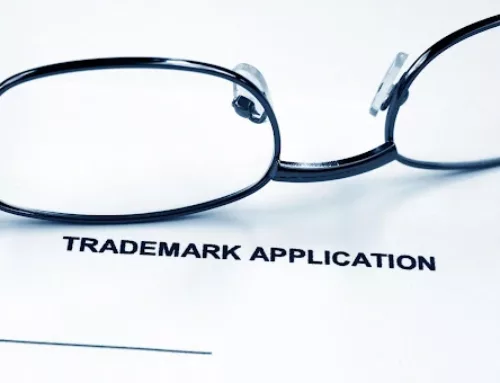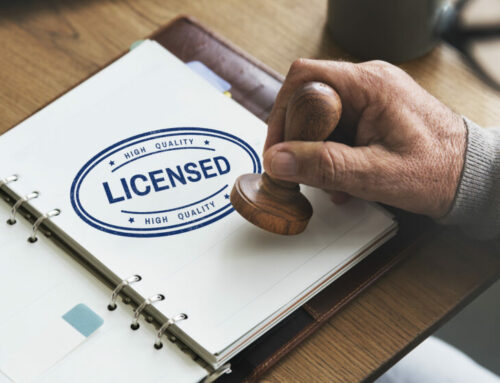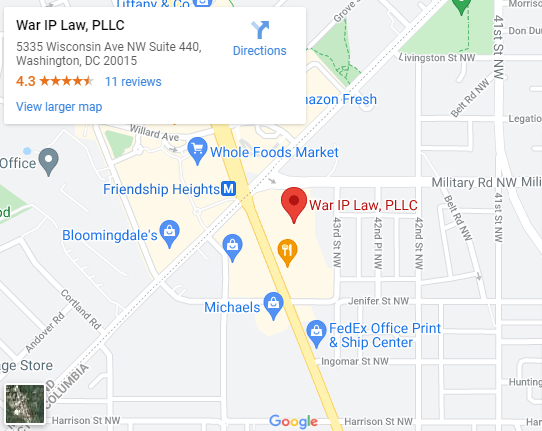In commerce, it is vital to have a logo or a slogan that’s easily recognizable as relating to your business and not your competitor. Aside from your business name, a distinguishing word or an image that identifies your brand and cultivates brand loyalty is important.
This makes it important for you to know how trademark symbols work. Read on for a comprehensive guide to what you need to know about using the trademark symbol and trademark laws!
If you’ve got more questions about protecting your intellectual property, you can contact our experienced Washington DC trademark lawyer or read the book “Find Clarity and Take Control of Your Intellectual Property” where we discuss the important information about intellectual property without the legalese. You can order the book here for free!
Do I Need to Register for a Trademark Symbol?
No, you do not.
 The trademark symbol is often represented by the letters “TM” in superscript just like so: ™. It’s used in front of brands, slogans, and logos to discourage infringement by less scrupulous individuals. For a service, the symbol “SM” for a service mark is used instead.
The trademark symbol is often represented by the letters “TM” in superscript just like so: ™. It’s used in front of brands, slogans, and logos to discourage infringement by less scrupulous individuals. For a service, the symbol “SM” for a service mark is used instead.
These are typically used for unregistered trademarks to notify infringers that the work in question is trademarked and claims common law trademark rights.
That said, there is a registered trademark symbol, which is the encircled letter R: ®. You can get this for your brand by registering at the United States Patent and Trademark Office (USPTO).
Anyone can use a TM symbol regardless of whether they’ve successfully registered the trademark, or whether they’ve applied for a trademark at all. Even if the trademark application is rejected, the owner can continue to use the TM symbol. Because of this, the symbol cannot guarantee that trademark law will protect your mark.
There is a lot more going on with intellectual property laws, trademarks, and service marks. If you need to learn all that you need about terms such as trademarks, copyrights, patents, and enforcing your intellectual property rights, call our Washington DC IP law firm to get a free copy of our book: “Find Clarity and Take Control of Your Intellectual Property.”
Is it Better to Register a Trademark?
The USPTO reviews the trademark applications to see whether it meets the requirements for legal protection of the mark. A trademark registration gives you the following benefits:
- It informs the public, especially third parties, that you claim ownership of the mark;
- It gives you the right to file with US Customs and Border Protection to prevent the import of foreign goods that are infringing on your registered trademarks;
- You can use your US mark registration as a basis to acquire international trademark registrations in other countries;
- You can bring legal action about trademark infringement of your mark in federal court;
You can only use the federal trademark registration symbol after the USPTO accepts your claim. And you can only use this mark for the goods or services that you have registered.
If you have no approved claim, then you can use the trademarks TM and service mark SM to inform the public of your claim. This can be whether the application is pending, you haven’t applied yet, or the application is denied.
Steps for Registering a Trademark
1. Check whether your service or product is eligible
The basis of the application is usually for its use in commerce now or intent to use in commerce in the future.
For federal registration purposes, “commerce” refers to those that the US Congress can regulate like a business between the US and a foreign nation, or commerce between states. The trademark act defines “use in commerce” as “the bona fide use of a mark in the ordinary course of trade, and not made merely to reserve a right in a mark.”
Translating from legal speak, it simply means, to be eligible for federal trademark protection, you have to show that:
- It’s used together with the sale of goods or services;
- It’s used for interstate commerce or commerce between the US and a foreign nation.
Here are examples of acceptable use in commerce:
Services: you will use or display the mark for selling or advertising for services rendered in commerce.
Goods: you will put the mark on the product itself, or containers or displays for the goods. These products are sold and transported in commerce.
2. Decide on the kind of trademark
You can register your mark as:
- Standard character trademark
- Special form trademark.
This affects the trademark protection your product or service is afforded by law along with the requirements for applying. Once you’ve applied, you can no longer switch between the two types or substantially alter the mark submitted for application. Keep in mind that the distinctiveness of your trademarks or service marks will work to the advantage of your business.
3. Conduct a trademark search
You’ll have to make a comprehensive search on the trademark database so that you can make sure that the mark will not confuse with another. You can use the Trademark Electronic Search System (TESS) for a complete search.
The USPTO will likely reject your application if there’s a high likelihood of confusion with another mark that’s similar to yours. Of course, it’s still up to you whether you’d like to continue with the application. There is no way to know beforehand if your application will be refused or accepted without actually filing it.
4. Classify and Identify your Goods / Services
The Trademark ID manual is there for you to classify goods/services you have. The number of classes of goods/services you offer will affect the cost of the application.
Once you have applied, you can only narrow or delete the scope of your goods/services but you cannot expand them.
5. Pick your application form
Now that you have everything set up, the last step for the registration process is to apply.
You can complete the initial application using the Trademark Electronic Application System (TEAS). You’ve got two options: TEAS Standard and TEAS Plus. They have different up-front requirements and different costs.
Accepted modes of payment are through electronic funds transfer, with an existing USPTO deposit account, or credit card.
This gives you a general idea of how to file a trademark application. Every application is different and if you are not 100% sure about what you’re doing, you might end up jeopardizing your application and fail to get a federally registered mark. We recommend you check out our book or consult our experienced Washington DC trademark attorney to learn more about trademarks.
How do I Use the Trademark Symbol?
As a trademark owner, you have the flexibility with where and how to place the ®, SM, or TM symbol. It’s common practice to place the symbol level with the logo, at the lower-right hand corner, or upper-right corner. There are no strict requirements for this.
In general, the symbol only has to appear with the prominent or first mention of the mark in documents like company reports, news articles, or press releases.
Final Thoughts
The use of trademarks can be very complicated. If you make a mistake, you’ll not only confuse your market and hurt your branding, but you might also infringe on the mark of another registrant. This can land you in a lot of legal trouble.
To avoid this, we recommend you contact our Washington DC IP law office now. At War IP Law, PLLC, you can be equipped with everything you need to know about intellectual property!





